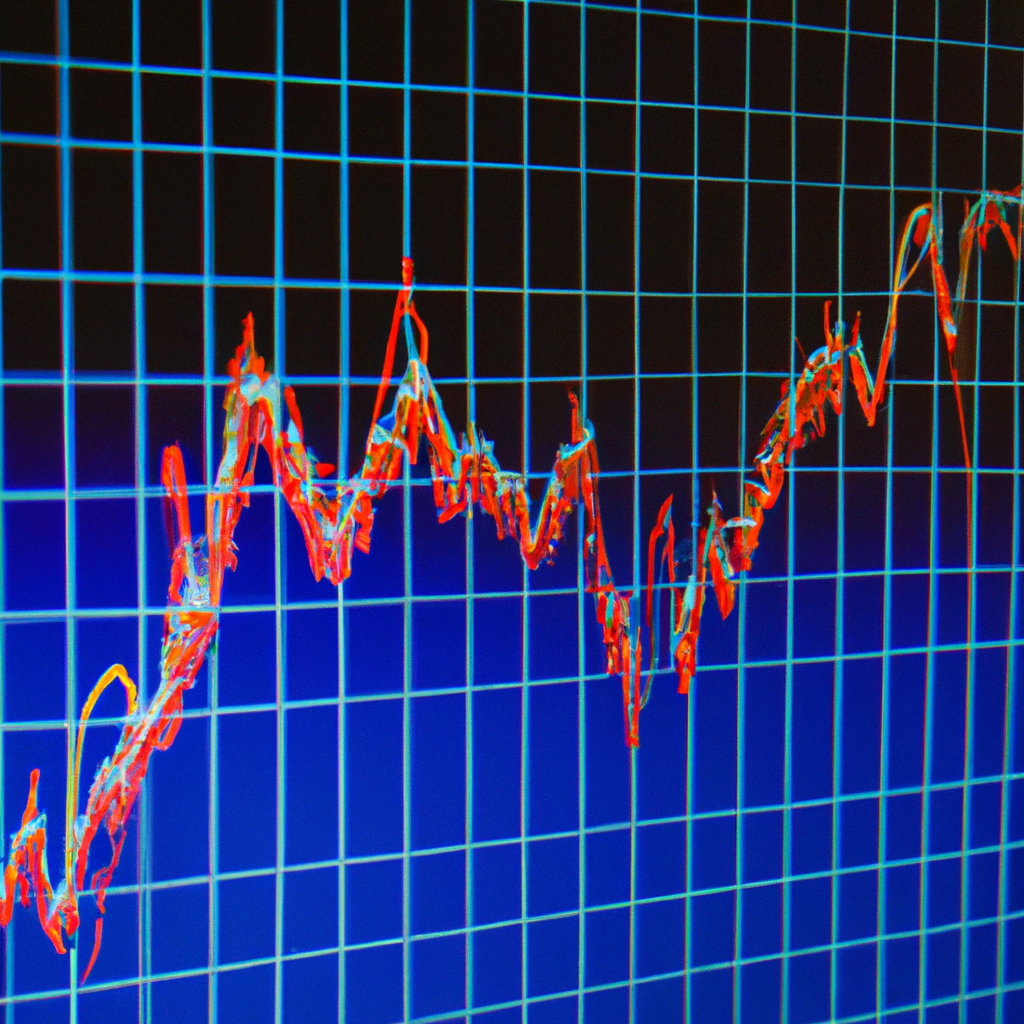Divergence Signals in Technical Analysis
Introduction
In the world of technical analysis, traders and investors rely on various indicators and patterns to make informed decisions about buying or selling assets. One such powerful tool is divergence signals. Divergence occurs when the price of an asset and an indicator move in opposite directions, indicating a potential change in trend. In this article, we will explore the different types of divergence signals and how they can be used to enhance trading strategies.
Types of Divergence Signals
1. Regular Divergence
Regular divergence is the most common type of divergence signal used by technical analysts. It occurs when the price of an asset forms higher highs or lower lows, while the corresponding indicator fails to confirm these moves. Regular divergence can be either bullish or bearish.
2. Bullish Regular Divergence
Bullish regular divergence is observed when the price of an asset forms lower lows, but the indicator forms higher lows. This indicates that the selling pressure is weakening, and a potential bullish reversal may be on the horizon. Traders often look for confirmation through other technical indicators or candlestick patterns before entering a long position.
3. Bearish Regular Divergence
Conversely, bearish regular divergence occurs when the price of an asset forms higher highs, but the indicator forms lower highs. This suggests that the buying pressure is waning, and a potential bearish reversal might occur. As with bullish regular divergence, traders seek additional confirmation before considering short positions.
4. Hidden Divergence
Hidden divergence is a less common but equally valuable type of divergence signal. It occurs when the price of an asset forms higher highs or lower lows, while the indicator forms lower highs or higher lows. Hidden divergence signals continuation of the current trend rather than a reversal.
5. Bullish Hidden Divergence
Bullish hidden divergence is observed when the price of an asset forms higher lows, but the indicator forms lower lows. This indicates that the underlying bullish momentum is still intact, and traders may consider adding to their long positions or entering new ones.
6. Bearish Hidden Divergence
On the other hand, bearish hidden divergence occurs when the price of an asset forms lower highs, but the indicator forms higher highs. This suggests that the prevailing bearish momentum is still strong, and traders may consider adding to their short positions or opening new ones.
Using Divergence Signals in Trading
1. Confirming Trend Reversals
Divergence signals are often used to confirm potential trend reversals. Traders can look for regular divergence patterns, such as bullish regular divergence, as an early indication of a possible trend change. However, it is important to remember that divergence signals should be used in conjunction with other technical analysis tools to increase the probability of successful trades.
2. Identifying Continuation Patterns
Hidden divergence signals can be helpful in identifying continuation patterns within an ongoing trend. Traders can use bullish hidden divergence to add to their long positions during an uptrend or bearish hidden divergence to add to their short positions during a downtrend. This strategy allows traders to ride the trend while minimizing the risk of entering too late.
3. Setting Stop Loss Levels
Divergence signals can also be used to set stop loss levels. When entering a trade based on a divergence signal, traders can place their stop loss orders slightly below the recent swing low (in case of long positions) or above the recent swing high (in case of short positions). This helps to protect against potential losses if the price fails to reverse as expected.
Conclusion
Divergence signals in technical analysis provide valuable insights into potential trend reversals and continuation patterns. By understanding the different types of divergence signals and incorporating them into trading strategies, traders can enhance their decision-making process and increase the chances of profitable trades. However, it is crucial to remember that no indicator or pattern guarantees success, and proper risk management should always be employed.
